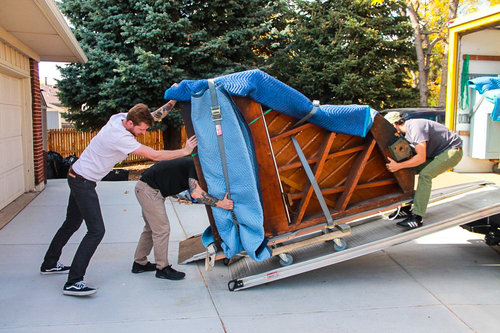Are you searching for online Islamic art? Have you been looking for Islamic art for home? What comes to your mind when you think of or hear the term ‘Islamic art’? Beautiful, elegant Arabic calligraphy in which the ayatsof the Holy Quran are written in an artistic way? Certainly, calligraphy of the verses of the Quran and the narrations from the Hadith are the defining, most striking and popular feature of Islamic art, one that finds no parallel anywhere in the world.
When it comes to calligraphy, Muslims have mastered the art. In the absence of figurative wall paintings, Muslims resorted to the art of calligraphic writing, drawing inspiration from their Holy Book and inscribing its verses on monuments, on ceramics, on carpets, even on pottery.
Even though calligraphy is its prime feature, Islamic art also includes a whole host of artefacts, symbols and structures that have no religious value – such as geometric patterns, arches, domes and minarets, as well as Persian carpets, Moroccan lamps and Turkish ceramics.
And thus, Islamic art is not just religious art. Its more correct definition is ‘art that originated in Muslim empires covering a vast geographical territory from Spain in the west to India and parts of China in the east’. Such art, as architectural historian Elizabeth Macaulay Lewis noted in her essay titled ‘Arts of the Islamic world’, “refers not only to works created by Muslim artists, artisans, and architects or for Muslim patrons.”“It encompasses works created by Muslim artists for patrons of any faith, including—Christians, Jews, or Hindus—and the works created by Jews, Christians, and others, living in Islamic lands, for patrons, Muslim and otherwise.”
A blanket term such as ‘Islamic art’seems to overlook regional and cultural influences of the places where such art thrived. Islamic empires ruled vast swathes of the world – Spain, Turkey, Iran, India, China, etc, and the local cultural styles of each of these places played a role on the art created there. When it comes to the architectural style, the Great Mosque of Xianin China is distinct from the Taj Mahal of India, which in turn is distinct from the Blue Mosque in Turkey. Within carpets as well, Persian rugs are different from their Kashmiri or Turkish counterparts. Arabic calligraphy too has regional imprints – there is the simple Nast’aliq style of Iran, the intricate Diwani style of Turkey, and the Tughra style found in northern India.
Since Islamic art and architecture was—and still is —created in confluence with regional cultures, the Metropolitan Museum of Art, New York, named its new galleries of Islamic art as ‘Galleries for the Art of the Arab Lands, Turkey, Iran, Central Asia, and Later South Asia,’ thereby giving credit to regional and cultural overtones.
In the current globalised age, regional Islamic arts are easily available across the world. In the world of online Islamic art, somebody sitting in Canada can buy Islamic calligraphy from India just at the click of a button.
So, if you are looking to buy Islamic art for home, and can’t find enough variety in your city, then just Google Islamic art for sale or purchase, and you will find many specimens from across the world with which you can decorate your walls.













